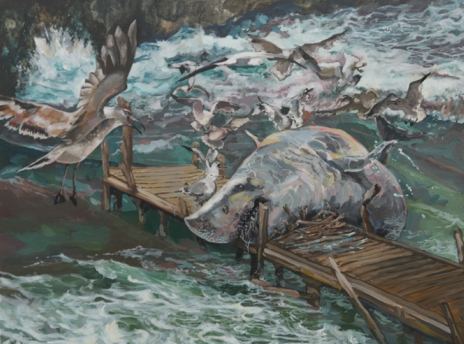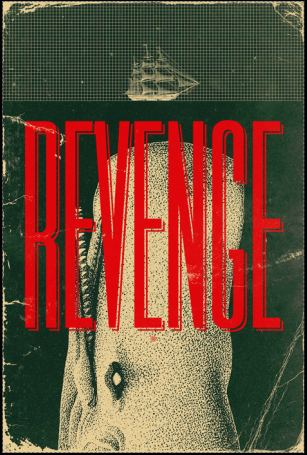Although curators of the 2010 Whitney Biennial say they weren’t thinking about gender, the lineup is 52 percent women. (Jerry Saltz story here.) Saltz doesn’t say so, but no other art critic in the last two decades has written as effectively on the issue of gender inequality. (Sample here.) Quotas are ugly; bigotry is uglier.
Left to its own devices, the art establishment tends to contract around white males. Few curators want to admit to considering the issue when making their choices. It’s much loftier to say they only think about art. Saltz helps them pause before finalizing unconscious prejudice into their lineups, even if they won’t admit it.
Other news:
Tyler Green lets New Orleans Museum of Art E. John Bullard have the first word, interviewing him on why he decided to turn the museum over to Disney Studios. (Green followed the next day with his opinion, but I’m not sure he needed to. Bullard hung himself.)
Leah Ollman on Culture Monster sort of reviews an artist-selects series at Steve Turner Contemporary:
The series will draw from local private collections, with contemporary artists doing the choosing — a nice variant on familiar curatorial practices but one that would be even better accompanied by a statement from the artist in charge.
Ms. Ollman: The artist’s statement is the work selected. Written commentary is your job.
The Houston Chronicle’s indefatigable art critic, Douglas Britt, has taken a job as the paper’s society writer. It’s a real job, unlike his previous. Being the art critic meant he was under meager contract, one short step up from freelance. Here’s what he wrote in the paper:
There I was, minding my own business as the Chronicle art writer, when my boss said, “You’d look good in a tux.” (more)
I’m happy he’s getting a living wage at a daily newspaper and know he’ll continue to write about art, although obviously not as frequently in the Chronicle.
Kenneth Baker reviews an exhibit based on Moby Dick. Sounds like the theme is a stretch for some of the participants. Rigor would have been easy to add if the curator had thought of Grant Barnhart. Barnhart’s acrylic painting, Private Thoughts Are Lost, serves as a coda to the white whale’s fate, even though the mammal depicted is not a whale. (It’s not a pipe either.) The painting’s soul is right out of Meville. Also, via This Isn’t Happiness:
Also, via This Isn’t Happiness:




Leave a Reply